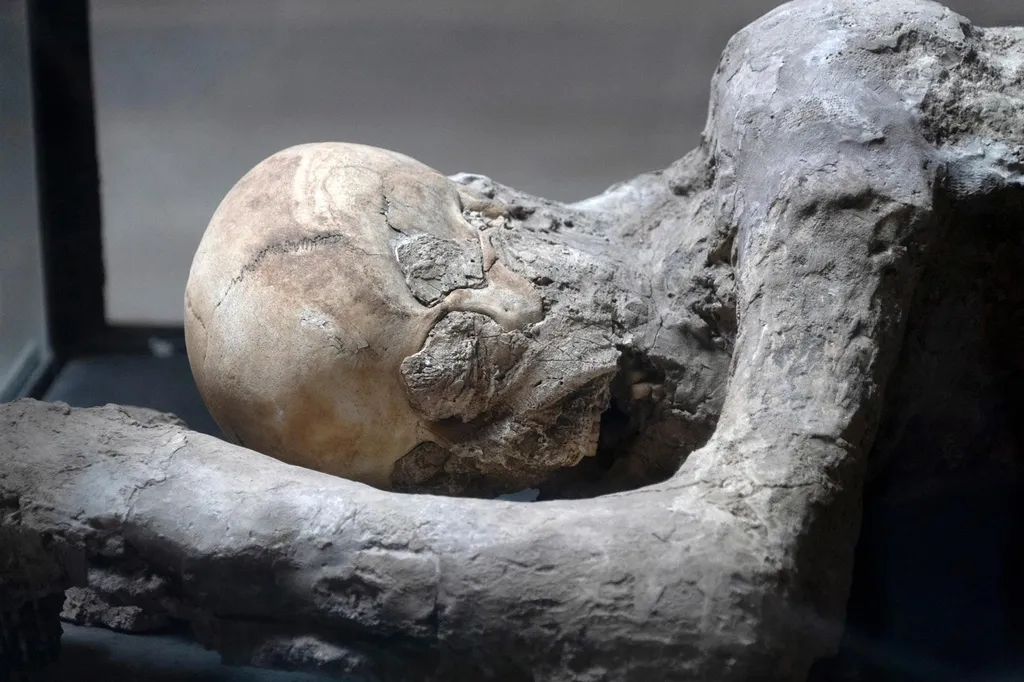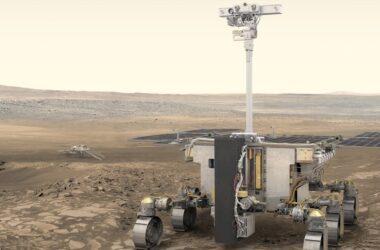
Ces découvertes montrent qu’il est possible de récupérer de l’ADN ancien à partir d’ossements humains de Pompéi, ce qui permet de mieux comprendre l’histoire génétique et les modes de vie de cette communauté historique.
Le premier génome humain de Pompéi a été séquencé.
Une recherche récemment publiée dans Rapport scientifiques présente le premier génome humain qui a été séquencé avec succès à partir d’une personne décédée à Pompéi, en Italie, après l’explosion du Vésuve en l’an 79 de notre ère. Seuls de petits segments de DNA from Pompeiian human and animal remains have been sequenced up to this point.
The DNA of two people’s bones that were discovered in Pompeii’s House of the Craftsman was studied and extracted by Gabriele Scorrano and colleagues. The bones’ length, form, and structure revealed that one pair belonged to a male who was between 35 and 40 years old when he passed away, while the other set belonged to a female who was over 50. The authors were able to extract and sequence ancient DNA from both people, but since the sequences from the female’s bones had gaps in them, they could only sequence the entire genome from the male’s remains.
The male subject’s DNA was compared to 1,030 ancient and 471 current western Eurasian subjects, and it was found that the male subject’s DNA was most comparable to that of modern central Italians and other people who resided in Italy during the Roman Imperial era. However, studies of the male’s Y chromosome and mitochondrial DNA revealed sets of genes that are often prevalent in Sardinian people but not in other people who resided in Italy during the Roman Imperial era. This shows that the Italian Peninsula may have seen high levels of genetic diversity at the time.
Additional analyses of the male individual’s skeleton and DNA identified lesions in one of the vertebrae and DNA sequences that are commonly found in Mycobacterium, the group of bacteria that the tuberculosis-causing bacteria Mycobacterium tuberculosis belongs to. This suggests that the individual may have been affected by tuberculosis prior to his death.
The authors speculate that it may have been possible to successfully recover ancient DNA from the male individual’s remains as pyroclastic materials released during the eruption may have provided protection from DNA-degrading environmental factors, such as atmospheric oxygen. The findings demonstrate the possibility to retrieve ancient DNA from Pompeiian human remains and provide further insight into the genetic history and lives of this population, they add.
Reference: “Bioarchaeological and palaeogenomic portrait of two Pompeians that died during the eruption of Vesuvius in 79 AD” by Gabriele Scorrano, Serena Viva, Thomaz Pinotti, Pier Francesco Fabbri, Olga Rickards, and Fabio Macciardi, 26 May 2022, Scientific Reports.
DOI: 10.1038/s41598-022-10899-1



